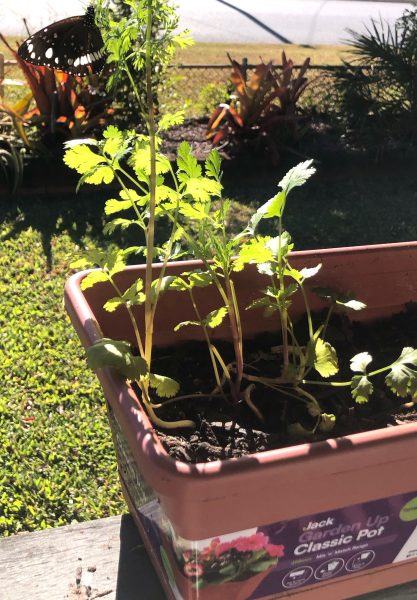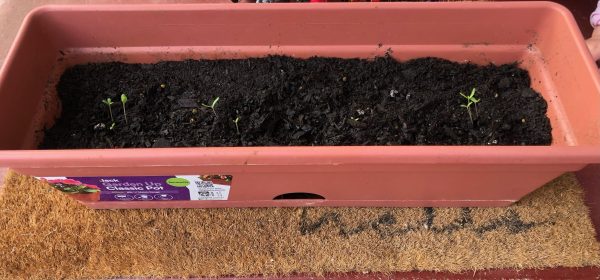Balcony gardening is a distinct practice compared to ground gardening, and I would include raised bed gardening. As you are probably aware, a balcony has limited space therefore, we small urban gardeners must be mindful of how we build out our balcony garden, and one factor which we should all be extra considerate of is choosing the best plants that are suitable to grow on a balcony.
Five best plants for beginner balcony gardeners
Whether you want to grow food or flowers, choosing resilient and low-maintenance plants that are suitable for containers would be in the best interest of a beginner gardener, as they are more likely to survive any beginner errors made or forgetfulness as you transition into the ‘Mother Teresa’ role of caring for and watering plants for the first time. The first of the five best plants for balcony gardens would be my favourite, Marigolds. Marigolds do very well in poor/dry soils and full sun, they deter pests – perfect for companion planting with crops, and they self-seed easily, so you will have a constant supply. Second on the list are Poppies. Poppies are not only beautiful and memorable, but once they’re established, they only need minimal watering, and they also grow very well in poor soil. Much like marigolds, poppies are known to self-seed in abundance and will return year after year with minimal effort. Thirdly, Yellow Chamomile (Golden Marguerite) – not the tea. Yellow chamomile is a drought tolerant perennial similar to marigolds and poppies. They will often survive neglect and require light pruning after flowering to keep things compact and tidy so that self-seeding doesn’t get out of hand. The fourth best plant for a balcony garden is Candytuft. These elegant little things are low-growing, which makes them favorable for filling up planting containers. They are resistant to pests and disease, can thrive on little water once established and spread gently, creating a beautiful ground cover or balcony rail cover. Finally, our final best plant for balcony gardens is Dame’s Rocket (Hesperis matronalis). Although elegant, they grow happily in neglected corners, grow well in average soil, and are pest and disease-resistant.
best plants for hungry vertical growers
Conserving floor space is important to balcony gardeners. That’s why choosing the best plants that grow vertically is not only necessary, but it could be a visually pleasing aspect to your balcony as they offer a lush green feature wall to your space, along with flowers waiting to be pollinated. Furthermore, if your goal is to grow food on your garden balcony, consider crops that grow on vines such as passion fruit, cherry tomatoes, beans or cucumbers. Because these crops grow on vines, by using a trellis or structure for the crop to cling onto, the crops will grow upward rather than outwards, saving floor space on the individual crops’ footprint on your balcony floor. Another advantage of growing crops from the vine is that if they’re taken care of properly, they’ll reward you handsomely. Which leads me to mention why these crops in particular are the best beginner-friendly plants. Cherry tomatoes grow in a compact manner and are extremely productive meaning you get a lot of fruit for your labour. Ensure you set your trellis early in their growth, as their vines grow rapidly; leaving it too late can be a nightmare to set up once the plant is overgrown. They can withstand a little neglect and will often bounce right back; however, they do require frequent watering at the beginning. Cucumbers are perfect for balconies and railings as they have a climbing habit. Place these daredevils near the rail and you’ll see thin little vine-like structures reach for something they can climb up onto. Cucumbers are another hearty crop, but they do require frequent watering and sun. They grow very fast and are plentiful as a single plant provides a dozen cucumbers. Passionfruit loves vertical growth and is bushy, so it will convert balcony railings into lush green accent features. Passionfruit are also resilient once established and will continue to produce for years with minimal care. And lastly, beans. Beans germinate quickly, making them fast producers. They are rapid climbers; therefore, rather than spreading out and using precious balcony space, they grow vertically, keeping their footprint to a minimum. Finally, beans are a low-maintenance crop while improving soil by adding nitrogen, enriching the potting mix for the next crop.
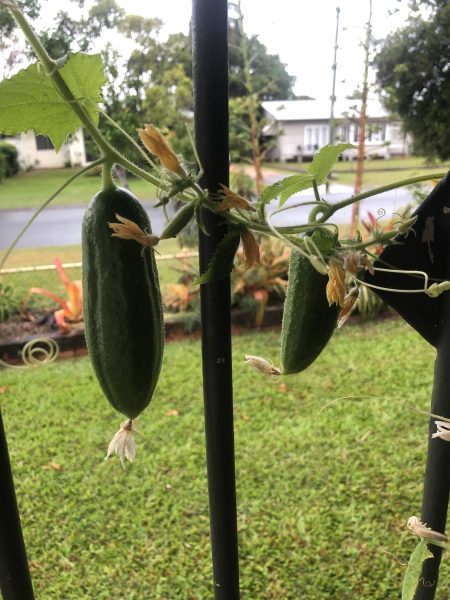
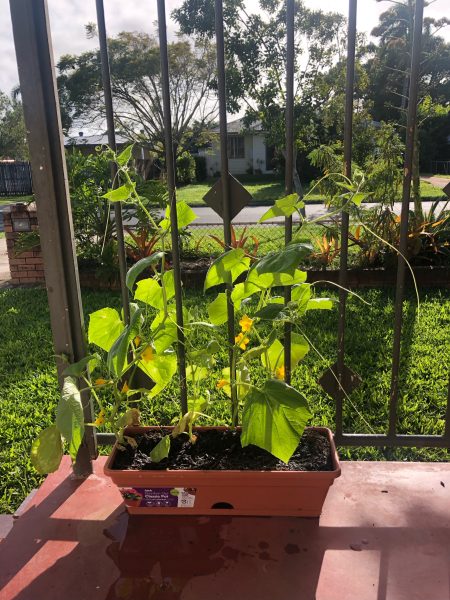
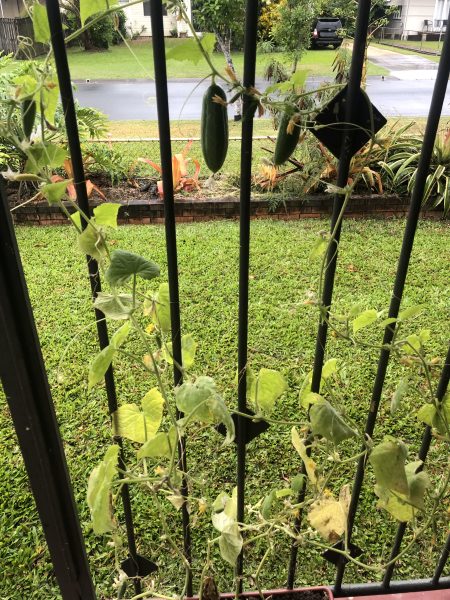
For urban gardeners who want low-maintenance and yet rapid edible rewards, a herb garden is a fantastic place to start. Herbs are known to be resilient, low-maintenance and beginner-friendly due to their easy to manage nature (read more in my article – 5 reasons to create a balcony herb garden). Herbs can be grown in almost anything and anywhere, as long as they receive 4+ hours of direct sunlight per day. Herbs being so flexible with their growing conditions make them wonderful candidates for container gardening.
best plants that are edible and container friendly
Suppose you are seeking something more challenging or particular. In that case, vertical gardening is becoming a popular way to grow plants now that population trends show a strong desire to live in urban areas, thus having less outdoor space. Choosing the best plants that do well in compact areas, such as pots and containers, is another factor every beginning urban gardener should prioritise. Edible plants that thrive in vertical growers would include your leafy greens such as lettuce, kale, Pak choy and rocket. What these plants have in common and make them ideal candidates for vertical growing is their shallow root systems. As they don’t need deep soil, they can thrive in slim vertical planters, stacked pots, wall pockets or even hydroponic towers. Additionally, these crops grow in a compact manner, keeping upright rather than spreading out like tomatoes and cucumbers. Leafy greens are lightweight, so you won’t need to worry about heavy fruits or the need to support the plant, and lastly, they’re happy to grow in shaded areas, which means you will be able to enjoy them for longer throughout the year.
If you prefer plant pots or containers, plants that suit container living, although not limited to, include radishes, chillies, cherry tomatoes and capsicums. Radishes are known to have a shallow root system, while fruiting plants such as chillies, tomatoes and capsicum develop what is called a root ball. A root ball is a dense, rounded network of soil and roots clinging together. This compact, organised system of roots and soil, shaped by the available amount of space the plant has, allows for these crops to do exceptionally well in medium sized pots. Another reason these make for the best balcony garden plants is their ability to produce fruit in small spaces for months on end. They require a moderate amount of nutrients, which makes them great team members when it comes to shared watering and feeding. Finally, they are adaptable at handling inconsistent amounts of moisture in the soil.
Keeping your balcony garden plant choices simple will offer the chance to really perfect the art of growing your own food. Understanding the plants that you decide to invest your time and energy in will depend on whether you have a successful harvest or a luscious, colorful outdoor space. If your balcony receives sun or is positioned in the shade, ensure you are considering these important factors when choosing your plants. If you choose to grow food, growing compact, fast-growing plants with small or compact root systems will reward you nicely.

